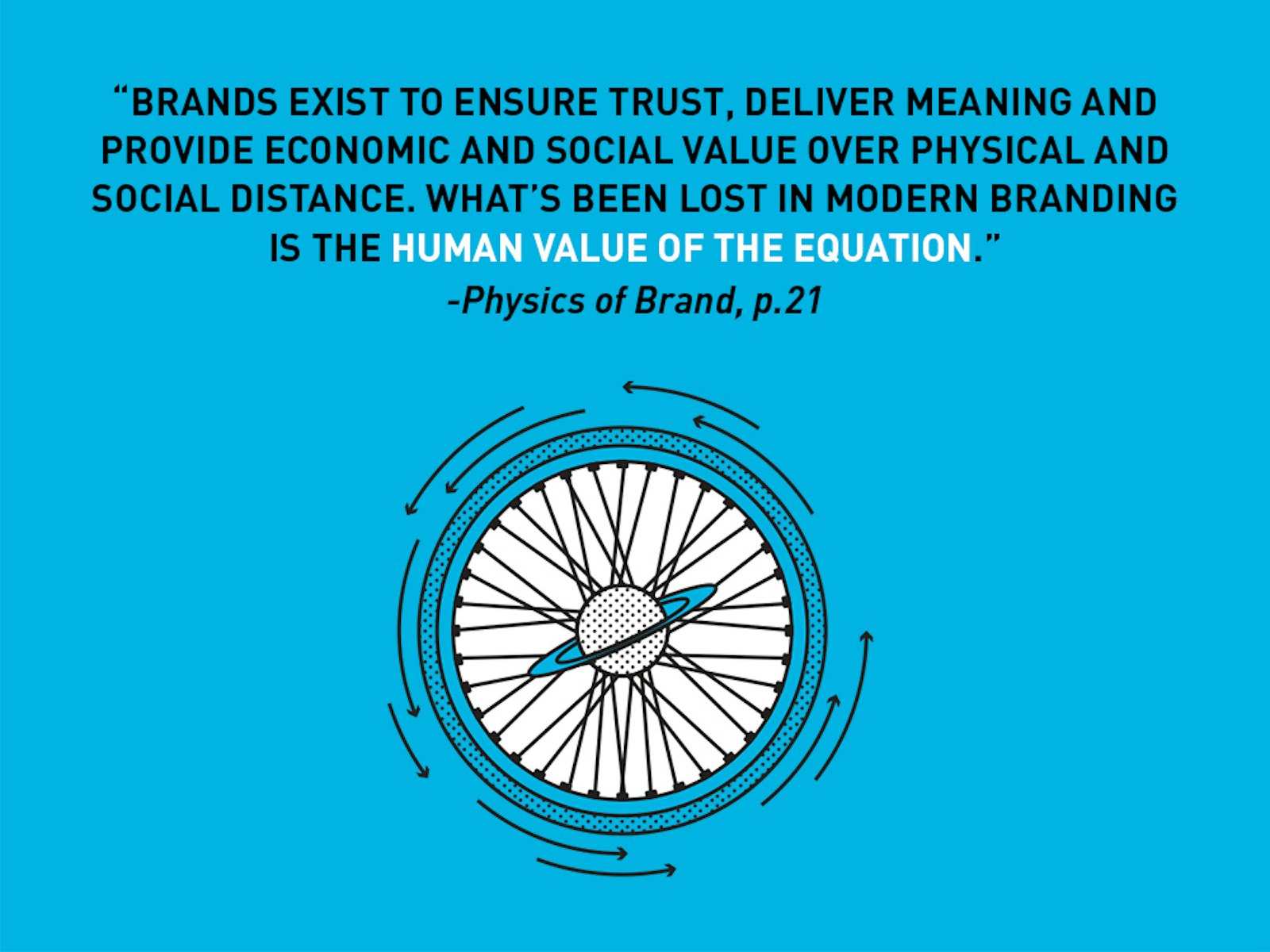
Buying Brand Love
Brands are an extension of us; they represent both the best and worst in humanity. When we look at them through the lens of marketing, advertising and loyalty tactics, it appears many brands are spending the time and money to get us to love them. The numbers tell a different story. People have reported they could live without 73% of the brands in their lives. We’ve reported on this number in the past, speaking to the 27% doing something right. The original study by Havas Media is a harsh look at how little people care for brands in their lives.
In another study, a majority of people are more loyal to brands that care about them. A brand showing deep empathy for me is more likely to see the affection returned. Obviously. Brands are extensions of us as human beings, so we fall in love with them in much the same way we do with people. And if we find the love is not returned, we walk. Okay, sometimes we don’t walk, we just reach a state of apathy (which is purgatory for brands).
Apathy manifests in human behavior in a variety of ways, but not in the manner you would expect.
Let’s clear up a brand misperception to start: “In order to have a brand, you’ll need sales, revenue, and perhaps profits.” False. Instagram sold to Facebook for one billion dollars, the intangibles had to exist and certainly some would fall under brand asset value. Brand value is created even without actual revenue, which can be hard to grasp, but is an important concept to understand.
So what does apathy look like for a brand? Here are a set of questions to get you started.
1. Are your margins shrinking? Are they off for the industry or just your brand?
2. Are you losing opportunities for what seem like trivial reasons? A partnership falls through, a retailer drops your line, or a series of big contracts fall apart.
3. Is your social media too quiet relative to your competitive set? Are you inserting yourself into conversations or are people inviting you in? Do you even know what this means?
4. What emotional words, if any, do your audiences use to describe your brand? The words may not be love or hate, but are they emotional?
5. Are people spending less time with your brand? On aggregate, perhaps you have the same number of customers, but less of their time. Survey response rates drop or more customers prefer to just talk over the phone.
These are a few simple indications of brand apathy and can show up long before a new competitor, a disruptive technology or dramatic industry shifts. These just make your brand weaker for when the storm hits. It is one thing to say, “we want people to love our brand,” and an entirely different effort to look for it, measure it and try to better understand why it happens.
Let’s say you’re doing good, but wondering if you could do better or prevent this from happening in the future.
Give your brand some love and get to know the people who love you. We have found, due to changes in corporate life, mergers and acquisitions and other changes, many brand teams don’t know why people love their brand. But, more important, they don’t know what they want to mean to people. Many brands need to start with a better understanding of themselves, then ask the why (rational) but dig deeper for the how (emotional). Ask someone how they feel about your brand and if you get a shoulder shrug, call in a specialist.
Don’t buy another ad campaign until you know the emotional connection between people and your brand.
If you’d like to know more about a design driven philosophy on brands, order our book from Amazon.